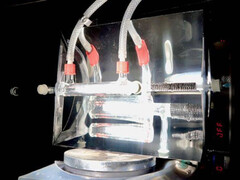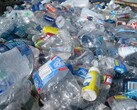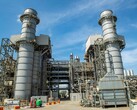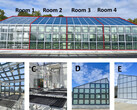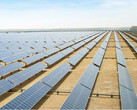Researchers at the University of Cambridge, UK, led by Erwin Reisner, have long been working on the conversion of waste, water and air into fuel or other chemicals. The focus is always on machines that can operate autonomously with the help of sunlight and without an additional power supply.
The results of a recent project, just published in a study in Nature, show a promising and easily scalable process for converting CO₂ from the air into practically usable gases. These can then be converted into synthetic fuel or industrially relevant chemicals. Special filters collect the CO₂ from the air in the dark. As soon as the sun shines, amplified by mirrors, the infrared radiation heats up the system. Ultraviolet light from the sun is used to start the chemical reaction.
Extracting and using CO₂: A cycle
In addition to the fact that the process is self-sustaining and does not require renewable energy from elsewhere, there are several other advantages compared to other projects that aim to filter CO₂ out of the air. Many CCS (carbon capture and storage) approaches either compress CO₂ or store it in layers of rock where it remains without further use or, in the worst case, escapes again.
The energy input is high and the yield hardly worth mentioning, apart from the potential slowdown in global warming. And somehow the (rather expensive) technology always provides an excuse to continue using fossil fuels. But if the University of Cambridge's interesting and seemingly simple machine turns out to be effective and inexpensive, it could at least create a kind of CO₂ cycle that is fundamentally not much different from photosynthesis.




